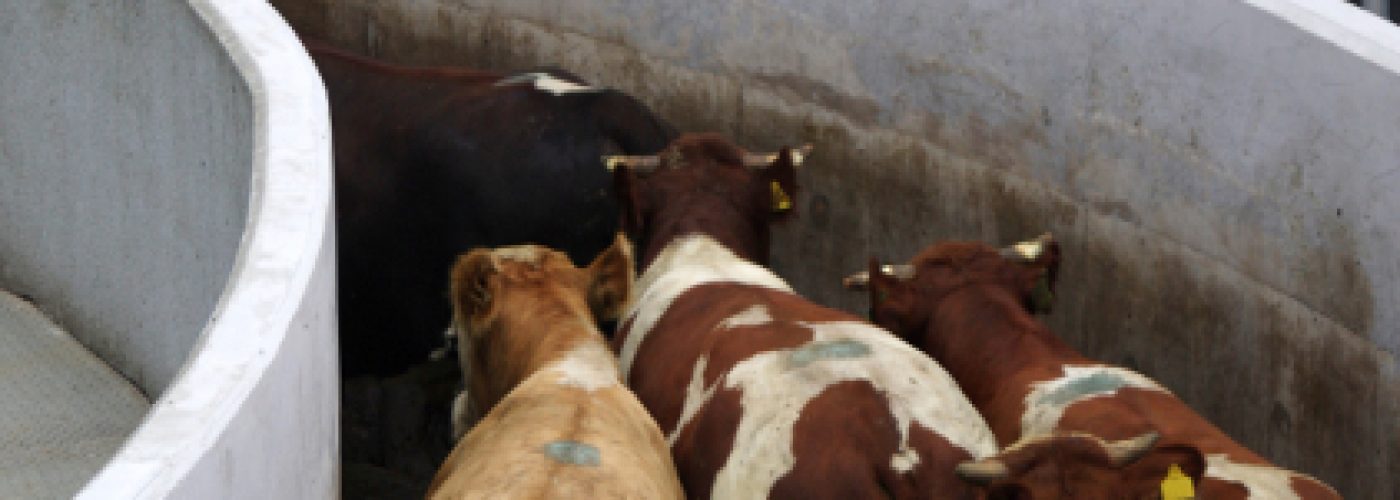First of all, let us learn a few pointers about slaughter lines. They are often known as an “abattoir” where animals are slaughtered and processed into meat. Clean and unclean slaughter line activities are physically separated and staffed separately to prevent contamination of corpses and edible by-products.
They have evolved significantly in the last 30 years. Technology has advanced in handling the live animal shortly before slaughter, stunning, killing, early autopsy management, and carcass treatment. The key drivers of progress in these technical aspects of butchery have been the improvement of carcass and meat quality.
Methods and conventional techniques for slaughter lines
Stunning
The current mechanical way of stunning is by shooting, which can take two forms;
- Using a captive bolt pistol to transmit a force into the animal’s head to render it unconscious.
- A penetrating free-bullet gun or rifle is acted upon to render the animal unconscious. Compression stunners with or without penetrating heads also immobilize livestock using air rather than cartridges.
An ancient way of stunning in which the animal’s head was smacked or struck with a hammer. This method got prohibited for its inhumane practices in some countries, but in extreme and desperate cases, the hammer comes back into action to stun small ruminants with a quick blow to the back of the neck.
The use of electricity to stun small animals, particularly pigs, is usual. The most basic approach involves placing electrodes or probes in tongs with insulated handles between the animal’s ear and eye for 1–4 seconds. However, chemical stunning refers to the use of carbon dioxide to immobilize animals before bleeding. Although Co2 striking is more expensive than electrical stunning, it is widely used in small livestock such as sheep and goats.
Bleeding
Animals that have been stunned must be positioned first for bleeding. Bind below the hock of one hind leg, raising the animal to convenient height results in a vertical or hanging position. The animal gets positioned horizontally on a concrete slab or a sturdy plastic pallet to prevent bleeding. The goal is to sever the blood vessels in the neck and allow blood to flow freely. The oesophagus may be slit and the viscera can become contaminated if the sticking is done in a different place than recommended.
Electrical stimulation
It is a method of stimulating muscular contraction and post-mortem metabolic activity in an animal corpse. It happens shortly after slaughtering by applying an electrical current to it.
So, we’ve gone through some pointers on how the slaughter lines have progressed over time. However, there are select businesses in our society committed to offering goods and services to their customers. They help their customers in carrying out meat processing and product handling in a reliable, efficient, and hygienic way.
If you’re worried about slaughter lines, DGS has a comprehensive choice of rail and transport systems. The stainless-steel rails are the world’s most hygienic option, and they’re simple to upgrade because they work with the current galvanized chain





